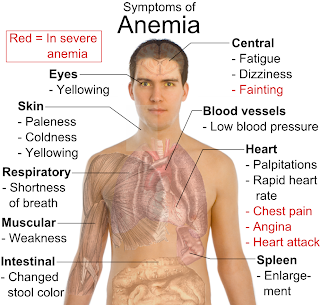Electroconvulsive therapy (ECT) is a process in which electric currents are passed through the mind, intentionally leading to a brief seizure. ECT seems to cause changes in brain chemistry that can quickly conflict signs of certain psychological diseases. It often works when other therapies get failed.
ECT is generally used when serious depressive disorders are less competent to other types of treatment. Or it might be used when sufferers cause a serious risk to themselves or others and it is too risky to handle until the medicines have an impact.
How ECT Performs:
Before ECT therapy, a patient is given a muscular relaxant and is put to rest with a common anesthesia. Electrodes are placed on the individual's scalp and a perfectly managed electric current is used. This current causes a brief seizure in the mind.
•Transcranial Magnetic Stimulation (TMS):
While ECT uses electricity to generate seizure, TMS creates a magnetic field to generate less amounts of electricity in a specific part of the brain without causing seizure or loss of awareness. The current is provided by electromagnetic coils that provides the impulse through the forehead.
•Vagus Nerve Stimulation (VNS):
Vagus nerve stimulator (VNS) system is for adult sufferers with long-term or repeated depressive disorders. This works as a small stimulator, which is inserted into the skin of the collarbone and operates under the epidermis to the vagus sensors in the throat. VNS produces electrical impulses to stimulate the mind.
Alternative therapies can sometimes provide comfort, that cannot be provided by conventional western medicine cannot. While some alternative therapies have become approved as a part of recent medical care exercises, others still have not been confirmed as safe or effective. Independent of the technical confirmation, alternative therapies, by offering different types of joy and comfort from stress, they may have a place in the treatment, general health and well-being.














